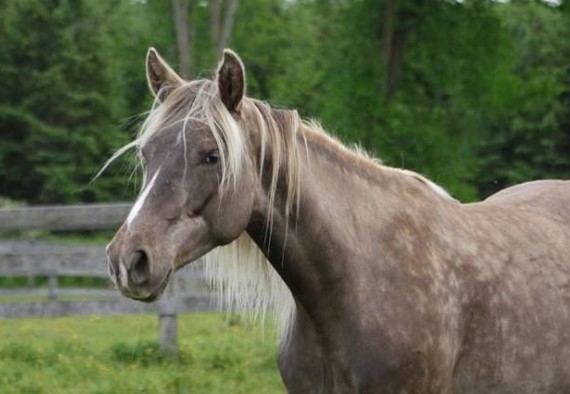Horses have their own “trademark” gaits, which are called gaits. Natural gaits are stride, trot, gallop, and amble. But individual horses – sports, military, circus – people teach to walk in a special way. Such gaits are called artificial. This can be, for example, a passage, that is, a quiet trot, or a canter on three legs, when one leg does not touch the ground.

Trot
When the horse is trotting, his legs step in a criss-cross pattern: simultaneously right front and left hind, and then left front and right hind. There are two legs in the air at the same time. Two hoofs hitting the ground are clearly audible. The trot is short, medium, and high-spirited, and in the middle trot, there is a moment when all four legs are in the air at the same time. The trot speed is 36 kilometers per hour.
Gallop
The gallop consists of jumps and can start with either the right or left foot. When galloping from the left leg, the horse first steps with the left hind leg, then simultaneously with the right hind leg and the left front, then with the right front, and – flies over the road. The strikes of three hooves on the ground are clearly audible. There are three types of gallop: slow, or arena, medium, or canter, and fast, or quarry. The canter speed is 70 kilometers per hour.
Walk
When striding, the horse puts forward its legs in turn: for example, right hind, right front, left hind, left front. At the same time, four hooves hitting the ground are clearly audible. And one or two legs are in the air at the same time. The normal stride speed is 7.2 kilometers per hour.
Amble
When ambling, the horse moves forward, raising two legs at once – the right hind and right front, and then the left hind and left front. Two hoofs hitting the ground are clearly audible. The amble is about the same as the trot, but it can be faster. It is more comfortable for a rider or a person sitting in a carriage, but the horse itself is less stable during such a run.

